This approach represents a profound shift in the understanding of the relationship between growth and stability – two pillars that have shaped Vietnam’s development model over the past nearly forty years.
Whereas previously stability was seen as a condition for development, development is now seen as a means to ensure long-term stability. A nation cannot be stable without creating wealth and opportunity.
This reversal represents a “radical change in thinking” – development is not just an outcome, but a way to maintain the nation's foundation in a time of great change.

General Secretary To Lam delivers the opening speech of the 13th meeting of the 13th Party Central Committee. Photo: Gia Han
Aspiration for double-digit growth
The draft Political Report sets unprecedented economic targets: average GDP growth in the 2026–2030 period reaching 10%/year or more, GDP per capita reaching 8,500 USD, the proportion of processing and manufacturing industry reaching 28% of GDP, and the digital economy reaching 30% of GDP.
Behind these figures is a renewed growth mindset: not expansion by capital and labor, but quality improvement by productivity and innovation. TFP ratio of over 55%, labor productivity increasing by 8.5%/year is a commitment to a knowledge-based growth model.
In the context of the clearly identified risk of falling behind and the middle-income trap, the requirement for rapid development coupled with high quality is not only an economic goal, but also a vital requirement for national competitiveness.
Institutional development – the foundation of every breakthrough
Once again, the 14th Congress placed institutions at the center of the development strategy. The report stated that political institutions are key, economic institutions are central, and require strong innovation in thinking to promote strategic breakthroughs and create a new development ecosystem.
The focus of that innovation is to perfect the modern socialist-oriented market economic institution, properly handle the relationship between the State - market - society, and especially affirm the decisive role of the market in mobilizing and allocating development resources.
The State holds the responsibility of creating and ensuring fair order. The market is the mechanism for selecting resources. When the institutions are complete, the market will play the role of efficient allocation.
Along with that is the task of improving the investment and business environment – ensuring transparency, stability, and predictability – to unleash productivity and create new momentum for growth. Institutions, in that spirit, are not just a framework, but the engine of development.
New growth model based on science and technology
The draft Political Report sets out a clear direction: science, technology, innovation and digital transformation will be the main drivers of growth. The goal is to improve productivity, quality and added value of the economy, taking the data economy and digital economy as the pillars of the new development model.
The concept of “modernization” is re-understood: no longer about replicating factories, but about renewing old dynamics with new technology. The transformation will take place simultaneously on many fronts – digital transformation, green transformation, energy transformation and human transformation.
The priority areas are specifically identified: semiconductors, robots, new materials, bio-industry, renewable energy, space industry, quantum. This new generation of industrialization thinking is aimed at mastering technology, instead of just processing.
To achieve double-digit growth, the economy must rely on knowledge, not continue to exploit resources. That is the clearest manifestation of strong innovation in development thinking.
Restructuring the economy, ensuring major balances
Innovation in thinking must go hand in hand with innovation in resource allocation. The draft clearly states that it is necessary to restructure the economy and promote growth on the basis of ensuring macroeconomic stability and major balances.
The state economy must be reorganized according to international standards, focusing on key areas. Budget expenditure must be strongly shifted to development investment, with public investment mechanisms and policies flexible enough to unleash social capital. The banking system needs to be modernized, weak organizations need to be thoroughly dealt with, cross-ownership needs to be controlled and the system needs to be kept safe.
These orientations show a consistent mindset: stability for development, and development to consolidate stability. Only when public investment is effective, credit is transparent and budget is disciplined, can fiscal and monetary policies truly support long-term growth.
Two parallel development engines: State and private
The Draft Political Report clearly affirms: "The private economy is the most important driving force of the economy," demonstrating a major change in perception agreed upon in Resolution 68 on the private economy.
The state economy still plays a leading role in ensuring major balances, strategic orientation and system leadership, but the main growth driver must come from the private sector – the most innovative, flexible and dynamic.
The State needs to create an equal and safe environment for private enterprises to access land, capital and technology; support the formation of Vietnamese private corporations with regional scale and competitiveness, and help small enterprises and the cooperative economy to thrive.
When these two sectors operate together, the economy will have two wings to fly – one to maintain stability, the other to promote development capacity.
Three levels of breakthrough – from thinking to institutions and models
Overall, the Draft shows three clearly defined breakthrough levels:
Strong innovation in development thinking – development is the foundation of stability.
Institutional breakthrough - affirming the decisive role of the market, the State shifts to creation and regulation.
Breakthrough growth model – taking science, technology, innovation and digital transformation as the main driving force.
These three breakthrough levels create the development structure of the new stage: thinking is the premise, institutions are the tools, technology is the means, and people are the subjects.
Modern development thinking
The draft Political Report of the 14th National Congress presents a clear vision: Vietnam must develop to maintain stability, and maintain stability through its own development capacity.
Growth is no longer just about adding capital, labor or resources, but a test of institutions, technology and human resources.
Strongly innovating development thinking – from management to creation, from operation to leadership, from passive stability to active development – is the core message of the 14th Congress.
The draft states: “Our country has truly entered a new era – an era of national growth, for a peaceful, independent, democratic, prosperous, civilized, happy Vietnam, steadily moving towards socialism.”
Vietnamnet.vn
Source: https://vietnamnet.vn/phat-trien-de-on-dinh-tu-duy-dot-pha-cua-dai-hoi-xiv-2456373.html




![[Photo] General Secretary To Lam received the delegation attending the international conference on Vietnam studies](https://vphoto.vietnam.vn/thumb/1200x675/vietnam/resource/IMAGE/2025/10/26/1761456527874_a1-bnd-5260-7947-jpg.webp)
![[Photo] Enjoy the Liuyang Fireworks Festival in Hunan, China](https://vphoto.vietnam.vn/thumb/1200x675/vietnam/resource/IMAGE/2025/10/26/1761463428882_ndo_br_02-1-my-1-jpg.webp)
![[Photo] Nhan Dan Newspaper displays and solicits comments on the Draft Documents of the 14th National Party Congress](https://vphoto.vietnam.vn/thumb/1200x675/vietnam/resource/IMAGE/2025/10/26/1761470328996_ndo_br_bao-long-171-8916-jpg.webp)

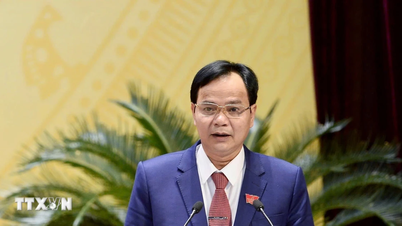

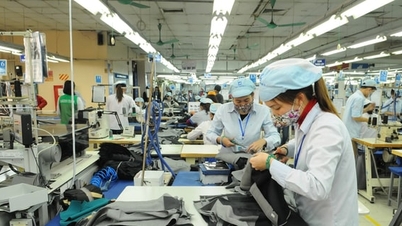



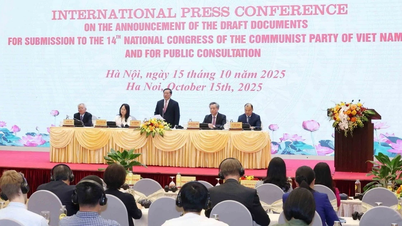
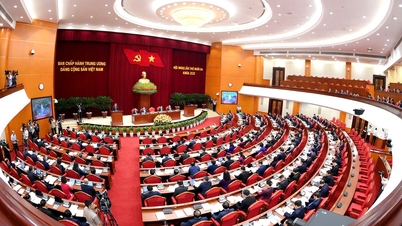




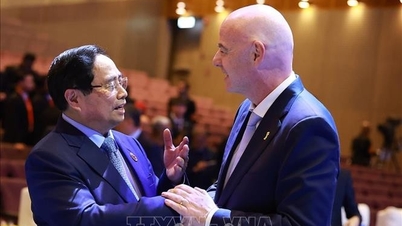

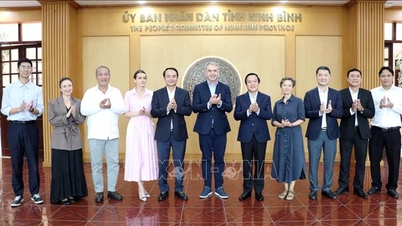
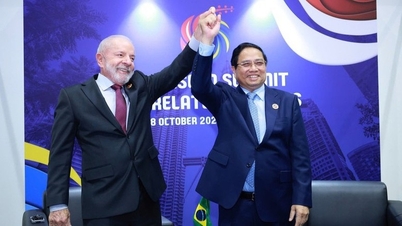

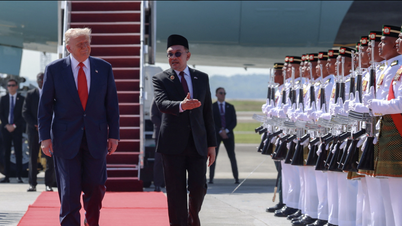











![[Photo] Prime Minister Pham Minh Chinh attends the opening of the 47th ASEAN Summit](https://vphoto.vietnam.vn/thumb/1200x675/vietnam/resource/IMAGE/2025/10/26/1761452925332_c2a-jpg.webp)













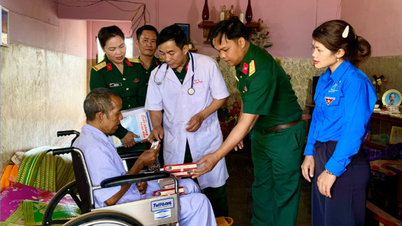























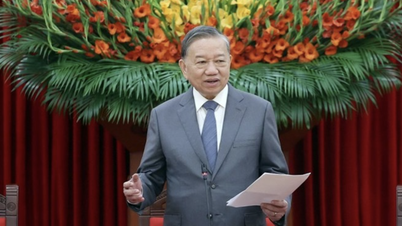



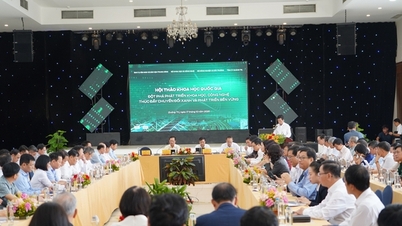

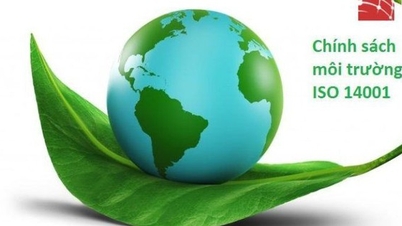

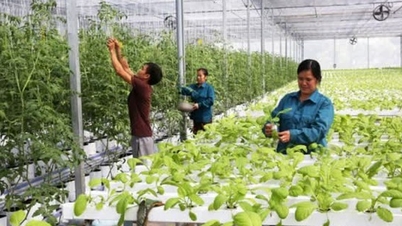
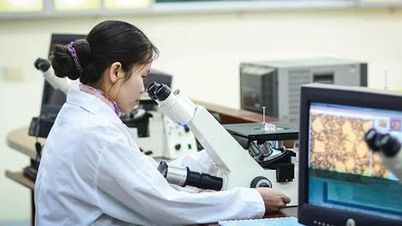








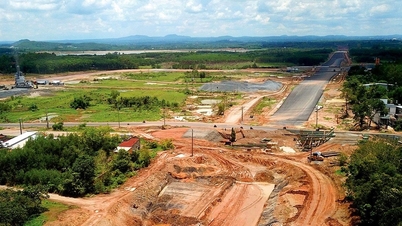
















Comment (0)